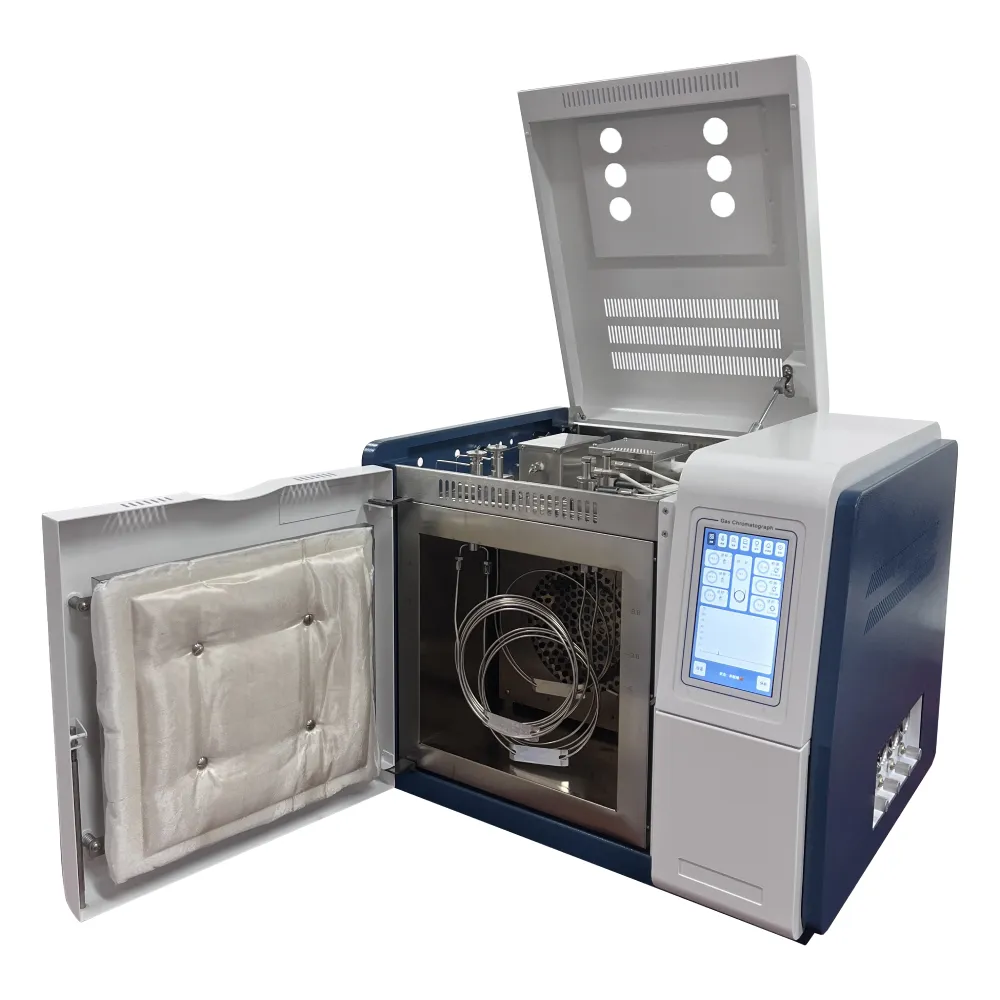 English
English


Understanding Laboratory Distillation Units and Their Applications in Chemical Processes
The Laboratory Distillation Unit A Comprehensive Overview
In the realm of chemical engineering and analytical chemistry, the laboratory distillation unit serves as an invaluable tool for separation and purification processes. This equipment allows researchers and scientists to isolate components of a mixture based on differences in their boiling points, leading to a wide range of applications in various fields such as pharmaceuticals, petrochemicals, and environmental testing.
Understanding Distillation
Distillation is a thermal separation process that can be done in both batch and continuous modes. The fundamental principle involves heating a liquid mixture to form vapor, which is then condensed back into a liquid phase. This process exploits the varying vapor pressures of the components in the mixture, allowing for effective separation. The primary objective is to achieve a high degree of purity for the desired substance, which is often a significant requirement in chemical synthesis and analysis.
Components of a Laboratory Distillation Unit
A typical laboratory distillation unit comprises several key components
1. Distillation Flask The starting point of the process, where the liquid mixture is heated. It is usually made of glass to withstand high temperatures and allow visual monitoring.
2. Heat Source This could be a Bunsen burner, a heating mantle, or a hot plate, which provides the necessary energy to vaporize the components in the flask.
3. Condenser As vapor rises, it enters the condenser, where it is cooled and converted back into a liquid. Water is commonly circulated through the condenser to maximize heat exchange efficiency.
4. Receiving Flask The condensed liquid, known as distillate, is collected in this flask. The purity and identity of the distillate can be closely monitored during the process.
distillation unit in laboratory

Additional components such as fractionating columns may be incorporated to enhance separation efficiency. These columns provide increased surface area for vapor-liquid interactions, enabling better separation of multiple components with close boiling points.
Types of Distillation
There are several types of distillation techniques employed in laboratory settings
1. Simple Distillation Used for separating a volatile liquid from a non-volatile solute or for separating two liquids with significantly different boiling points (typically greater than 25°C difference).
2. Fractional Distillation An advanced method suitable for mixtures with closer boiling points. It involves the use of fractionating columns, allowing for the separation of multiple components in a single distillation run.
3. Steam Distillation Often employed in extracting essential oils from plant materials, where steam is passed through the mixture to help vaporize the volatile compounds.
4. Vacuum Distillation Utilized when dealing with heat-sensitive materials or substances with very high boiling points. This method reduces the pressure above the liquid mixture, thus lowering the boiling points of the components.
Applications of Laboratory Distillation Units
The applications of laboratory distillation units are extensive. In pharmaceuticals, they are used to purify active ingredients and remove solvents from reaction mixtures. In petrochemical industries, distillation units help in refining crude oil into useful products like gasoline, diesel, and kerosene. Additionally, environmental laboratories use distillation for the analysis of pollutants and contaminants in water and soil samples.
Conclusion
The laboratory distillation unit is a cornerstone of chemical analysis and isolation techniques. Its versatility and effectiveness in separating mixtures have made it a vital piece of equipment in research and industrial laboratories alike. As technology advances, the design and functionality of these units continue to evolve, promising even greater efficiency and precision in future applications. Understanding and mastering the use of distillation units not only enhances research capabilities but also contributes to advancements in various scientific fields.
-
Differences between open cup flash point tester and closed cup flash point testerNewsOct.31,2024
-
The Reliable Load Tap ChangerNewsOct.23,2024
-
The Essential Guide to Hipot TestersNewsOct.23,2024
-
The Digital Insulation TesterNewsOct.23,2024
-
The Best Earth Loop Impedance Tester for SaleNewsOct.23,2024
-
Tan Delta Tester--The Essential Tool for Electrical Insulation TestingNewsOct.23,2024





